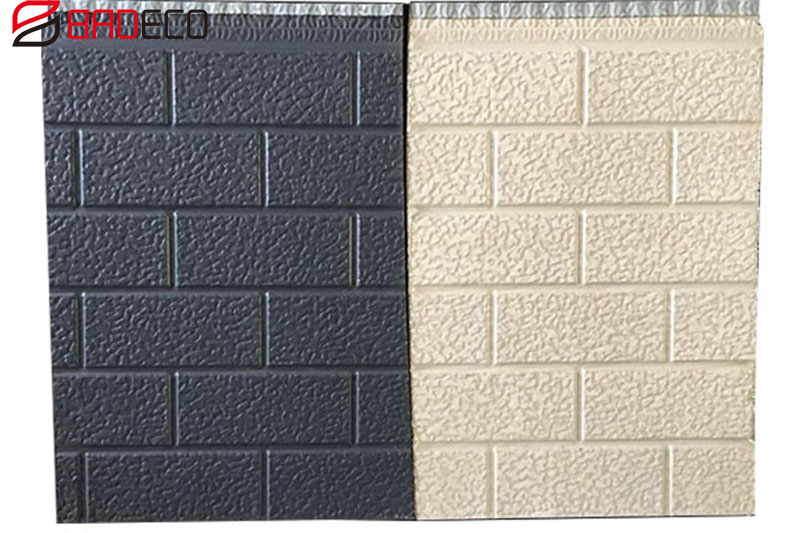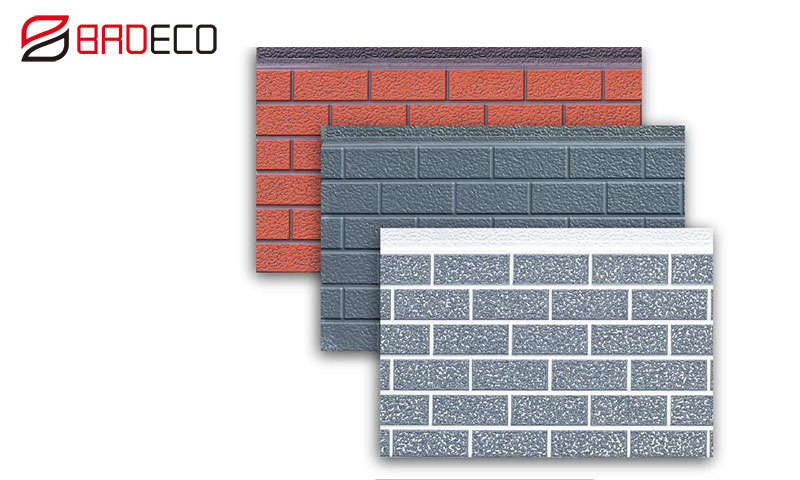Are you looking to elevate the aesthetic of your home while improving insulation? Decorative insulation panels for walls may be the perfect solution! Having recently remodeled my living room, I can personally attest to the remarkable changes these panels can bring to any space. In this article, we will delve deep into the world of decorative insulation panels, exploring their types, benefits, installation procedures, and much more. Let’s embark on this journey to enhance your home’s beauty and efficiency!
What Are Decorative Insulation Panels?
Decorative insulation panels are versatile wall coverings designed to provide thermal insulation while adding a visual element to your interiors. These panels can be made from various materials and come in various styles, colors, and finishes, enabling homeowners to achieve a unique aesthetic while enhancing their property’s energy efficiency.
Types of Decorative Insulation Panels
Understanding the different types of decorative insulation panels available is crucial for selecting the right one for your project. Here’s a breakdown:
- PVC Panels: Lightweight, moisture-resistant, and available in numerous designs.
- Wood Panels: Organic and warm aesthetics, ideal for rustic or contemporary designs.
- Metal Panels: Durable and modern, perfect for industrial or sleek environments.
- Fabric Panels: Soft textures that help with acoustics while adding color and pattern.
- Gypsum Boards: Fire-resistant and great for achieving a smooth finish with added insulation.
Choosing the Right Material
When selecting the right material for your decorative insulation panels, consider factors like durability, maintenance, and the aesthetic you’re aiming for.
.png)
| Material | Durability | Maintenance | Ideal Use |
|---|---|---|---|
| PVC | High | Low | Bathrooms, kitchens |
| Wood | Medium | Medium | Living rooms, offices |
| Metal | High | Low | Commercial spaces, modern homes |
| Fabric | Low | High | Bedrooms, theaters |
| Gypsum | High | Low | Any interior wall |
Benefits of Decorative Insulation Panels
These panels are not just about aesthetics; they provide several practical benefits. Here are some reasons why you should consider them:
.jpg)
Enhanced Insulation
One of the primary advantages of decorative insulation panels is their ability to improve thermal insulation. This can help reduce heating and cooling costs by keeping your home comfortable year-round.
Sound Absorption
Many decorative panels can also help with sound absorption, making them ideal for spaces where noise control is essential, such as home theaters or recording studios.

Variety of Designs
With a plethora of designs, colors, and textures available, decorative insulation panels allow homeowners to express their personal style and transform any space into a unique haven.
Easy Installation
Most panels are designed for easy installation, making them a DIY-friendly option for those eager to enhance their walls without the need for professional help.

Eco-Friendly Options
Many manufacturers offer eco-friendly decorative insulation panels made from recycled materials, which can help you make more sustainable choices without compromising style.
Installation of Decorative Insulation Panels
Now that you understand the benefits let’s dive into the installation process. This section will outline step-by-step procedures for a successful installation.

Tools and Materials Needed
Before you begin, ensure you have the following tools and materials ready:
- Decorative insulation panels
- Measuring tape
- Level
- Utility knife
- Adhesive (or nails/screws depending on the panel type)
- Caulk and caulking gun
.jpg)
Step-by-Step Installation Guide
Step 1: Measure Your Walls
Before you purchase your insulation panels, accurately measure the wall space you plan to cover. This ensures you buy enough material.
.jpg)
Step 2: Prepare the Surface
Ensure the wall surface is clean, dry, and level. Remove any existing wallpaper, paint, or debris that might hinder adhesion.
Step 3: Cut the Panels
Using the utility knife, cut the panels to fit your measurements. A straight edge is helpful here for a clean cut.
Step 4: Apply Adhesive
If your panels require adhesive, apply it evenly on the back of each panel or directly onto the wall, as per the manufacturer’s instructions.
Step 5: Position the Panels
Starting from one corner, align the first panel with the wall. Press firmly into place, and use the level to ensure it’s straight.
Step 6: Secure the Panels
If necessary, use nails or screws to secure the panels further according to the instructions provided. Apply caulk along the edges for a smooth finish.
Step 7: Finish the Look
Once all panels are up, step back and admire your work! Consider adding trim to enhance the overall effect and conceal any seams.
Pros and Cons of Decorative Insulation Panels
As with any home improvement project, there are pros and cons to consider. Here’s a brief overview based on my personal experience and research.
Pros
- Energy Efficiency: Keeps heating and cooling costs down.
- Stylish Aesthetics: Offers endless design possibilities.
- Easy to Install: Can be a DIY project.
- Sound Insulation: Improves the acoustics of the room.
- Durability: Many options are built to last.
Cons
- Cost: High-quality panels can be expensive.
- Installation Challenges: May require precise measurement and cutting.
- Limited Repair: Damaged panels may need complete replacement.
- Varied Lifespan: Depending on the material, some may not last as long as others.
FAQs About Decorative Insulation Panels
What are the most popular uses for decorative insulation panels?
Decorative insulation panels are often used in living rooms, offices, kitchens, and commercial spaces. They are ideal for areas where aesthetics and insulation are both a priority.
Are decorative insulation panels easy to clean?
Yes, most panels are designed for easy maintenance. PVC and metal panels, in particular, can be wiped clean with a damp cloth, while wood panels may need a bit more care to prevent moisture damage.
How long do decorative insulation panels typically last?
The lifespan of decorative insulation panels varies based on the material. High-quality panels can last 10-20 years or more with proper care and maintenance.
Can I install decorative insulation panels over existing drywall?
Yes, you can install them over existing drywall as long as the surface is clean, dry, and in good condition. This can provide an extra layer of insulation without the need for full wall removal.
What is the cost of decorative insulation panels?
The cost can vary widely based on material, size, and design. On average, you might expect to pay between $2 to $8 per square foot, but high-end custom options may be pricier.
Conclusion
Decorative insulation panels are a fantastic solution for those looking to enhance their home’s aesthetic appeal while improving energy efficiency and sound insulation. With various materials and designs available, there’s a perfect option for every homeowner. I highly recommend considering these panels for your next home improvement project. Not only are they functional, but they also allow for creativity and personal expression in your living space!
So, go ahead; transform your walls with decorative insulation panels today!